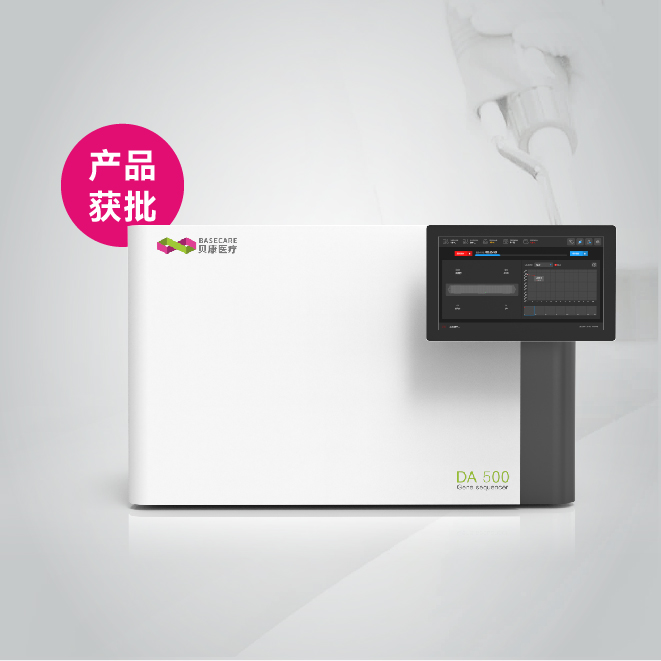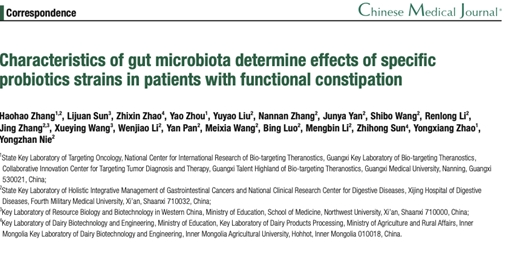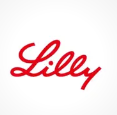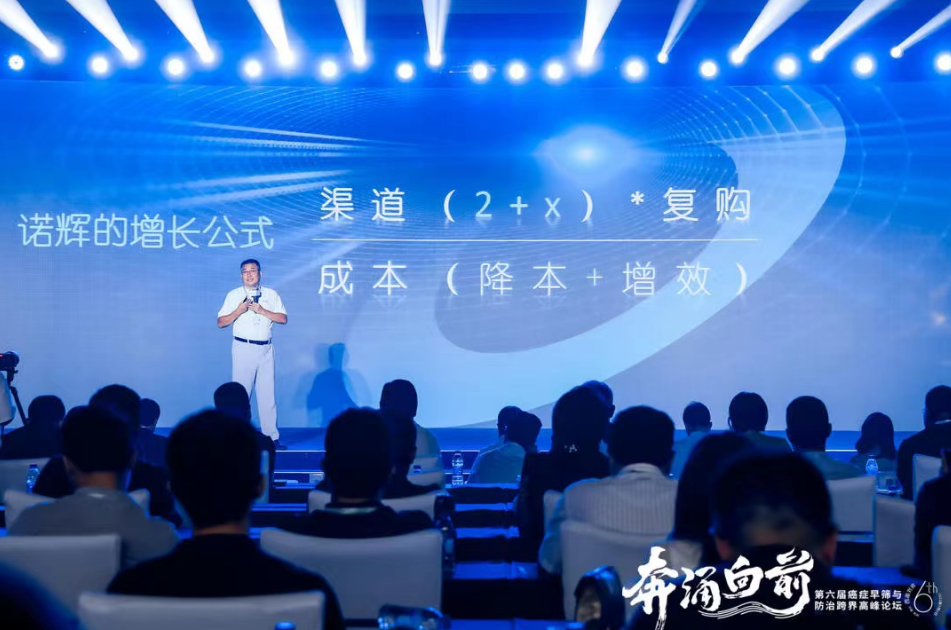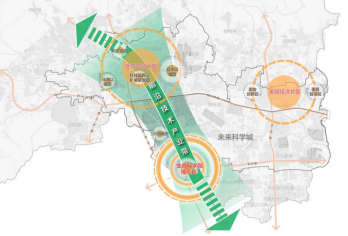The goal of this lab is to separate your isolated proteins using sodium dodecylsulfate (SDS) polyacrylamide gel electrophoresis (PAGE) and stain these cells with coomassie blue. SDS is a negatively charged detergent that binds to proteins so that they will move toward the positive end of an electric field. Polyacrylamide is a polymer that provides a matrix for the proteins to move through and separates them by molecular weight-- smaller proteins are able to move through the matrix faster than large ones (picture sand or pebbles or rocks falling through a bowl of marbles-- sand moves easiest through, rocks move slowest). Once the proteins are separated, they are placed in a solution of coomassie blue, a dye that binds strongly to almost all proteins. The dye is then washed away leaving blue bands marking where proteins are found.
1) Get a 10% acrylamide gel from your instructor and clamp it into the running chamber with the taller of the two plates on the outside. 2 groups (4 people total) can share 1 gel.
2) QUICKLY add the stacking gel to the top of the acrylamide gel using a pasteur pipette and place a 10 well comb into the gel. Allow to polymerize at least 15 minutes. Your TA may do this for you to make sure we have enough time to run the gel.
3) While the stacking gel is polymerizing, get 10 l of protein each from your crude, nuclear, organelle, and cytoplasmic protein fractions isolated last week based on your calculated concentrations. Volumes may vary depending upon the amount of protein. Add 1 l of 6x gel loading buffer per 5 l of protein solution and heat to 65 oC for 5 minutes.
4) Make sure that the acrylamide has polymerized, then gently remove the comb from the gel by pulling it straight upwards. Add 1x tris-glycine running buffer to the upper buffer chamber and fill it to the top of the tallest glass plate so that it fills all of the wells in the acrylamide.
5) Add 1x running buffer to the lower gel chamber 3-4 mm deep over the electrodes.
6) Load each of your protein+loading buffer solutions in separate, neighboring wells using a pipetteman as demonstrated by your instructor. Record which lane is which! Load 1 tube of prestained weight markers next to one groups samples (to identify which group is which).
7) Run the gel for 1 hour at 125V until the blue dye in the loading buffer approaches the bottom of the gel, then turn off the power.
8) Carefully separate the glass plates using a spacer to lever the plates apart without tearing the gel. Gently transfer the gel to a tupperware container containing 100 mL of coomassie blue staining solution. WARNING: Coomassie blue stains skin and clothing as well as proteins!
9) Stain for 25 min with occasional shaking. Transfer the gel to destaining solution where it will incubate overnight. You should be able to make out protein bands near the end of the class period, but they will become more clear the longer the gel destains. At some point prior to the next lab you will need to analyze your gel and list the brightest bands for each of your protein fractions and estimate their molecular weight based on the distance they migrated compared to the molecular weight marker. The scale of the molecular weight marker is not linear- estimate it as best you can.
Materials:
vertical gel electrophoresis chamber
8% acrylamide gels (glass/ceramic plates with spacers)
14.2 mL water, 8mL 30% acrylamide, 7.5mL 1.5M tris pH 8.8, 0.3mL 10% SDS, 0.3mL 10%
APS, 40l TEMED)
10 well teflon combs
65 oC heating block
acrylamide gel multicaster
6x SDS gel loading buffer (125mM Tris-HCl pH 6.8, 2% SDS, 20% glycerol, 0.2% bromophenol blue)
5% acrylamide stacking gel solution (1.7mL 30% acrylamide, 6.9mL water, 1.25mL 1.0M tris pH 6.8, 100l 10% SDS, 100l 10% APS, 10l TEMED)
10% ammonium persulfate (freshly made!)
TEMED
prestained molecular weight marker
1x tris-glycine running buffer (196mM glycine / 0.1% SDS / 50mM Tris-HCl pH 8.3) 5X stock
coomassie blue staining solution (0.2% coomassie blue in 45:45:10 methanol: water: acetic acid)
destaining solution (20:70:10 methanol: water: acetic acid)
tupperware staining containers
pasteur pipettes
clear tips
yellow tips
2-20 pipettemen
10-200 pipettemen
microcentrifuge tubes
razor blades


